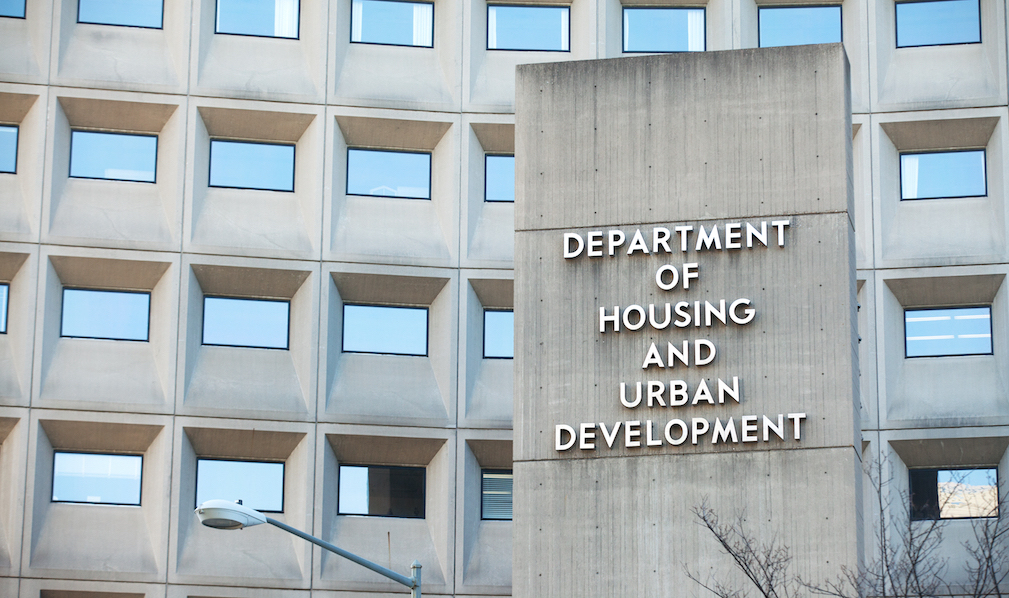It looks like borrowers who don’t fit neatly into Fannie Mae and Freddie Mac’s lending criteria could soon be running out of options if they want to buy a house.
Over the last week, many (if not all) of the biggest lenders specializing in lending to borrowers outside the Qualified Mortgage lending box paused their activities due to uncertainty in the market.
And now it appears that Federal Housing Administration lending as we know it is disappearing from the market too.
That’s not to say that the government itself is making any changes or limiting borrowers’ ability to get an FHA loan. The FHA’s loan requirements are still the same: minimum credit score of 580 for a minimum down payment of 3.5%.
But the current economic environment is forcing lenders to make changes to their FHA lending programs. And those changes are likely to make FHA lending unavailable for a number of borrowers who could have gotten an FHA loan just a few weeks ago.
Scuttlebutt in the mortgage industry over the last few days pointed to lenders raising their FHA requirements, and that’s just what appears to be happening.
In fact, it seems that many lenders are raising their minimum FICO scores for FHA loans to as high as 660, which would prevent a large section of borrowers from accessing an FHA loan.
A HousingWire investigation found more than a dozen rate sheets from various lenders scattered across the country that showed that some lenders have indeed raised their minimum FICO scores for FHA loans.
And while not every lender has raised its minimum FICO score for an FHA loan, many of the lenders have set their loan pricing for lower scores to such a level that no borrower would possibly agree to the loan.
In fact, one lender is currently stipulating that a borrower with a 580 FICO score would need to pay an additional 10% above the market interest rate for an FHA loan.
Other lenders have pricing adjustments for lower FICO score borrowers that aren’t nearly as dramatic, but the economics of even the smaller interest rate adjustments may still price some borrowers out of the market entirely.
And even for the borrowers who could qualify for an FHA loan in this environment, a number of those borrowers would be much better off financially going with a conventional loan (one backed by Fannie or Freddie).
Combine all these factors together and you have an environment where FHA lending as we know it is quickly slowing down.
So how did this happen? It’s all about the economic conditions in the U.S. right now. And the view of the borrowers in question.
Borrowers who get an FHA loan are generally thought of as riskier than “traditional” borrowers. That’s why those loans typically cost the borrowers more. Put simply, the riskier the borrower is, the more expensive their loan is going to be.
For lenders and the secondary market, it’s all about pricing the risk. They don’t want to lend to super-risky borrowers because those borrowers are far more likely to default on their loans and the lenders and investors would end up losing a lot of money per loan.
So, they protect themselves by lending only to borrowers who are more of a sure thing. But the FHA borrowers are also likely the ones who are at the most financial risk given the economic conditions in the country right now.
Case in point: There are millions of people who just lost their jobs as the coronavirus shuts down the country. And many more people are expected to hit unemployment in the coming weeks. Many of those people don’t have massive amounts of money in savings and that’s going to be an issue for them and for everyone they owe money to.
That will likely lead to massive mortgage delinquencies.
Now, the government is preparing for that and reportedly plans to offer some borrowers as much as six months of forbearance on their mortgage, but servicers are still required to advance the mortgage payments to investors even if the borrower isn’t paying. And servicers don’t have the cash on hand to supplement months of missed payments for millions of borrowers.
Here’s how the mortgage industry laid out that problem in a letter sent to federal decision-makers earlier this week: “To give one a sense of scale, if 25% of the nation receives forbearance for only 3 months, servicers will have to cover payments of roughly $36 billion. If they received it for 9 months, then the cost would exceed $100 billion.”
Those economic conditions are making FHA loans undesirable both on the front end and on the secondary market. FHA loans are securitized by Ginnie Mae along with Department of Veterans Affairs and Department of Agriculture loans. And those securities and the mortgage servicing rights that go with them are viewed as too risky for all parties involved right now.
Now, things could change quickly. Servicers are supposedly eligible for funding from the Federal Reserve as part of the coronavirus relief effort. That money could float the months of missed mortgage payments that are about to start hitting.
But in the meantime, there’s a lot of uncertainty. And because of it, FHA lending is slowing down considerably. How long that slowdown lasts is a question that no one can really answer yet.







